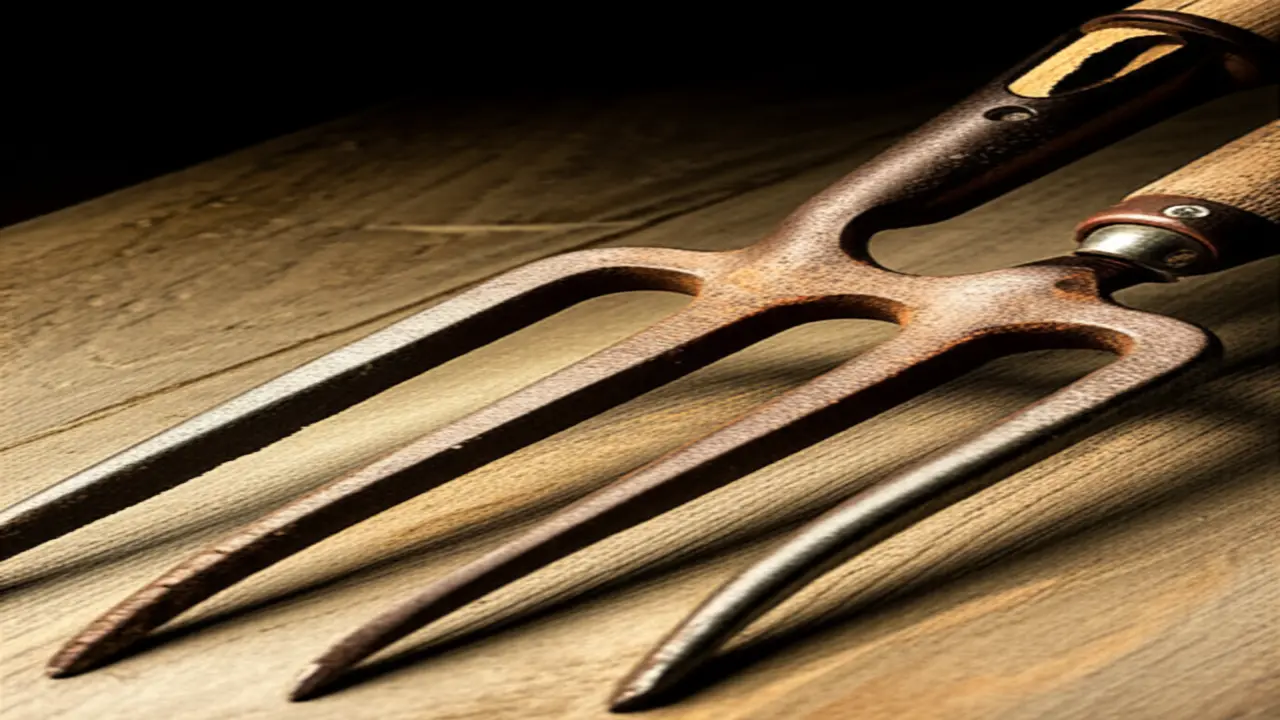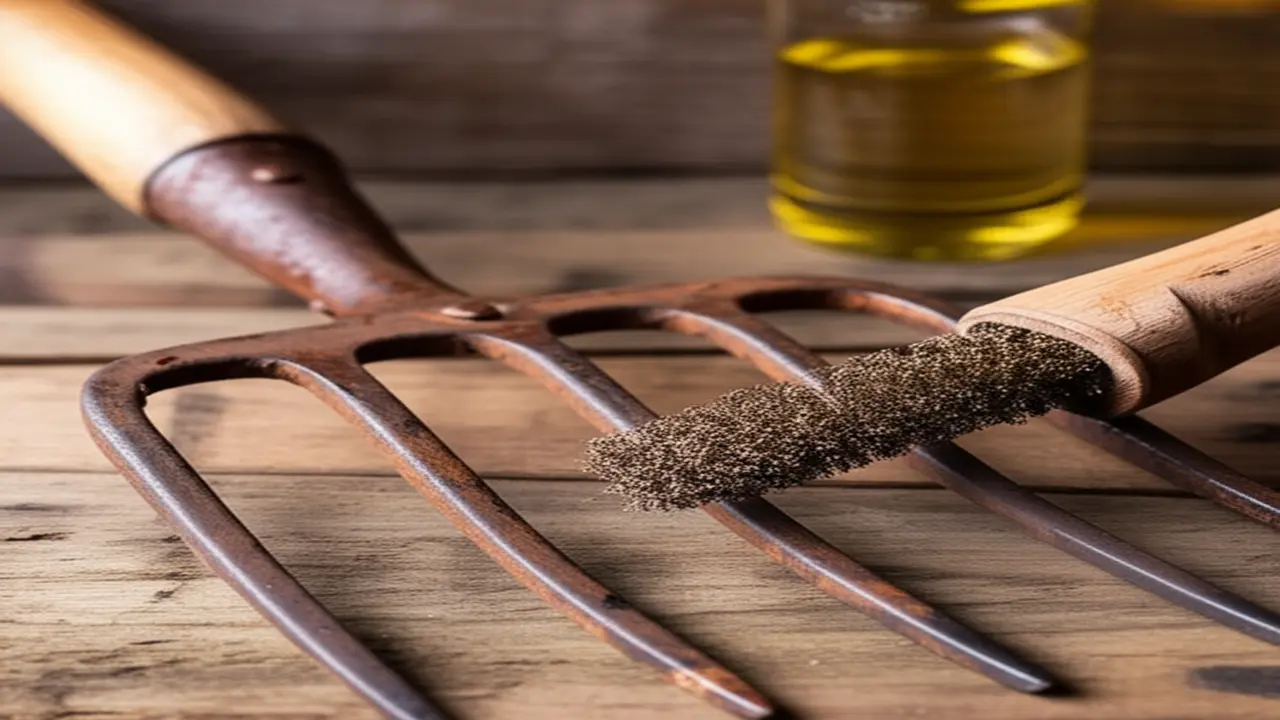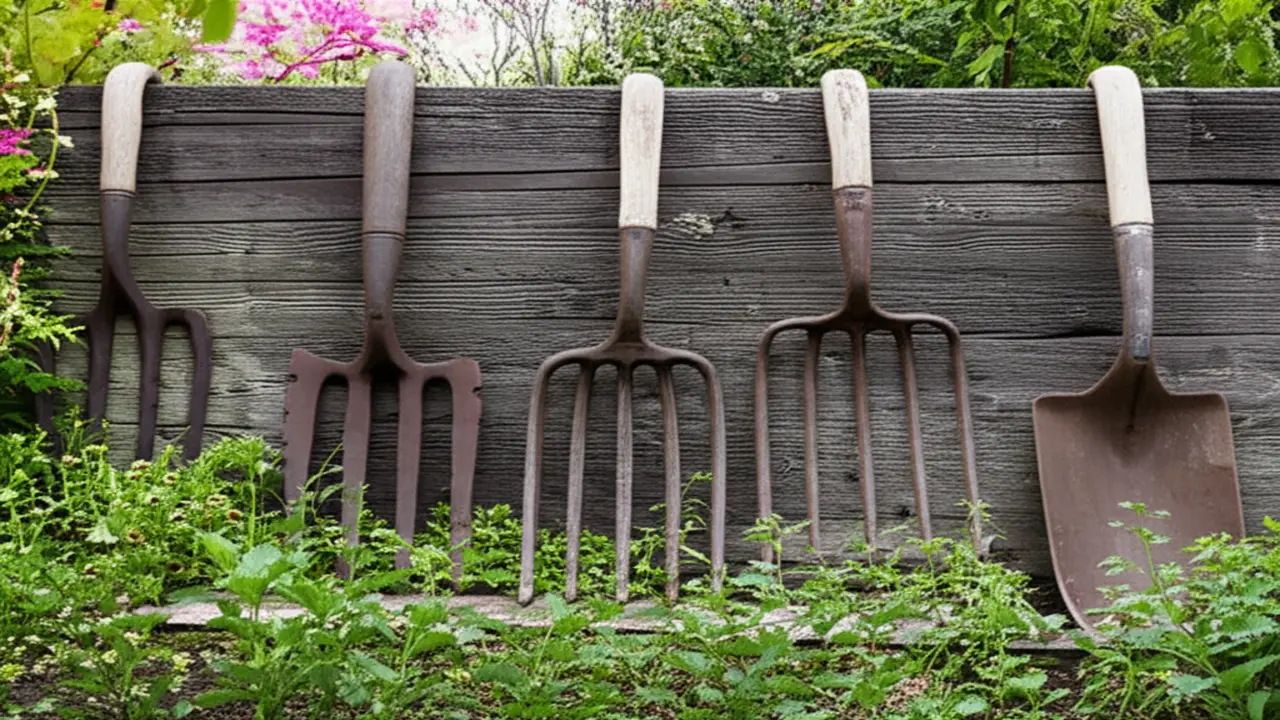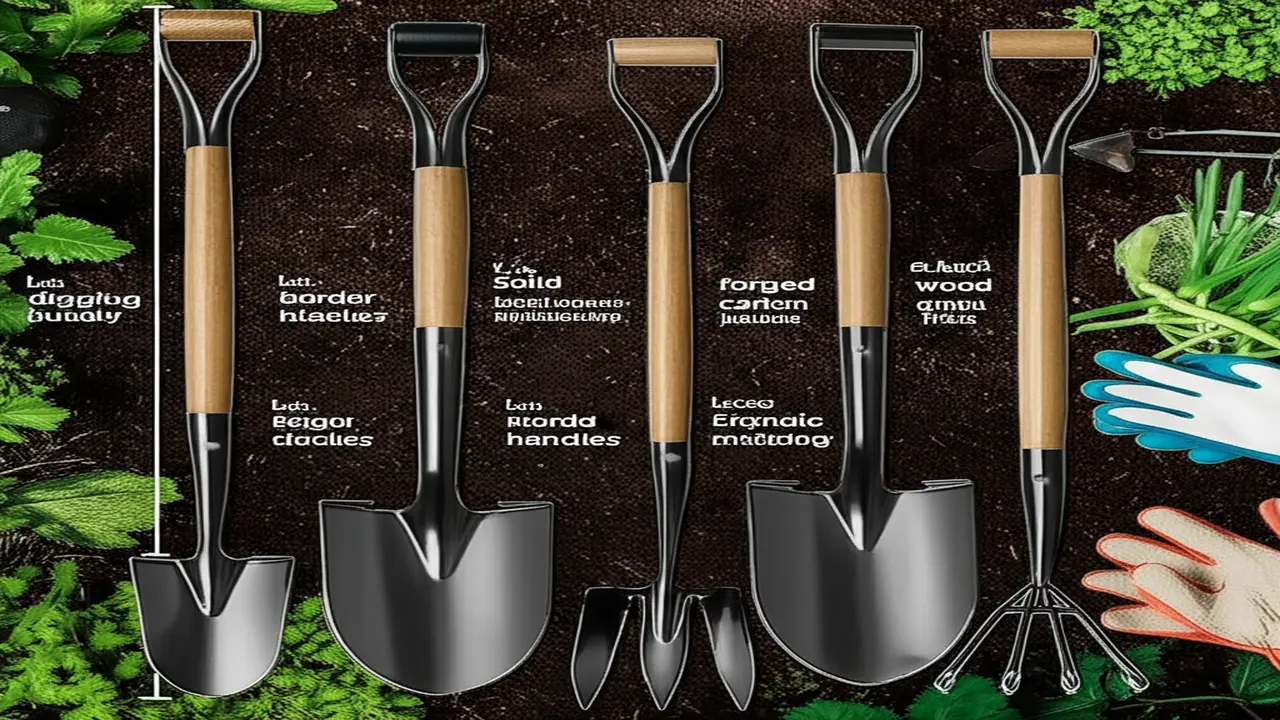Vintage Garden Forks: The Ultimate Guide to Collecting and Care
There’s a timeless appeal to vintage garden forks that transcends their simple function. These tools aren’t just implements; they are artifacts that connect gardeners with the past, showcasing craftsmanship and a history of horticultural tradition. To truly appreciate these implements, one needs to understand what makes a garden fork vintage — often the age, the skill in its making, and the choice of materials. Opting for vintage over modern tools offers benefits spanning durability, environmental impact, and unique aesthetic charm.
Why Vintage Garden Forks Stand the Test of Time (The Allure & Benefits)
Superior Craftsmanship & Durability
Vintage garden forks were predominantly forged using traditional blacksmithing techniques, creating a robust tool built to last. Their metal tines are usually made from high-quality carbon steel, known for retaining strength and edge sharpness over decades. The handles often come from dense woods such as ash or hickory, prized for their resilience and shock-absorption properties. Compared to many modern mass-produced forks, which may use cheaper metals or synthetic handles, vintage forks often outperform in longevity and reliability.
Unmatched Aesthetic & Rustic Charm
The patina formed on the metal over years, along with the naturally aged wood, imparts an undeniable rustic beauty that many contemporary forks lack. These subtle signs of weathering and use tell stories and add character to any garden setting, elevating the ambiance beyond mere function.

Sustainable & Eco-Friendly Choice
Choosing vintage tools aligns with sustainable gardening practices. By restoring and reusing these implements, gardeners reduce waste and lessen demand for newly manufactured goods, thus supporting circular economy principles. The environmental footprint of buying a vintage fork is considerably lower compared to purchasing a new metal and plastic tool.
Historical Significance & Collectibility
Garden forks carry rich historical value, tracing the evolution of gardening and farming techniques. Collecting antique garden forks preserves a piece of horticultural heritage and offers enthusiasts a tangible link to bygone eras while celebrating artisanal craftsmanship.
The Vintage Garden Fork Buyer’s Guide (What to Look For & Where to Find)
Condition Assessment
Good vintage forks balance aesthetic charm with functional integrity. When evaluating a piece, inspect the metal tines and head closely for rust, bends, or cracks that could compromise use. Similarly, assess the wooden handle for type and condition—look for signs of rot, splits, or instability around joints and ferrules. Balance and ergonomics, such as the tool’s weight distribution and handle shape, are worth testing if you plan to use rather than solely display the fork.
Identifying Authentic Vintage Makers & Marks
Many vintage forks bear maker’s marks, serial stamps, or brand imprints that can help confirm authenticity and age. Renowned brands such as Spear & Jackson, Elwell, Brades, Skelton, and True Temper crafted quality garden forks that remain highly collectible. Learning to decode these markings helps differentiate genuine vintage tools from reproductions and fakes.
Understanding Types of Garden Forks
Several types of forks were historically made for different tasks: digging forks for loosening soil, border forks for edging beds, pitchforks for handling loose material, and potato forks designed with specific tine spacing. Recognizing these types aids in identifying a fork’s original purpose and potential value.
Where to Find Vintage Garden Forks
Hunters of vintage garden forks will want to explore multiple channels. Traditional flea markets, estate sales, and antique shops often yield hidden gems. Online marketplaces such as Etsy and eBay provide broader selections but require careful scrutiny for authenticity. Joining forums and specialized dealers networks can be invaluable for sourcing rare pieces and advice. When buying, it is paramount to ensure the fork’s condition and provenance meet your expectations.
Restoring & Caring for Your Vintage Garden Fork (Step-by-Step)
Basic Cleaning & Rust Removal
Restoration begins with cleaning. Remove dirt and surface grime before tackling rust. Mechanical rust removal with wire brushes or medium-grit sandpaper is effective for light to moderate rust. For more extensive corrosion, chemical rust removers or naval jelly can be used, following safety instructions carefully.
Handle Care & Repair
Wood handles need attention to maintain strength and appearance. Clean handles gently, sand to remove roughness or old finishes, and then nourish the wood with linseed or tung oil to restore suppleness and water resistance. Cracks may be repaired with wood glue or epoxy, while loose ferrules require tightening or replacement. If a handle is beyond repair, consider professional replacement, mindful of matching original wood species and style.

Long-Term Preservation & Storage
To prolong life, store forks in dry, ventilated areas away from harsh moisture. Regularly oil metal and wood parts, especially after use. Avoid leaving forks outdoors exposed to the elements to prevent new rust and wood decay.
Understanding the Value of Your Vintage Garden Fork (Appraisal Guide)
Key Factors Influencing Value
The market value of a vintage garden fork depends on factors like rarity, condition, brand reputation, provenance, originality, and whether all parts are complete and unmodified. Forks displaying unique maker’s marks or linked to historical periods often command premiums.
Researching Market Value
Consult auction results on relevant sites and collector forums to gauge current market demand and pricing. For rare examples, professional appraisals can offer authoritative valuation and help during resale or insurance assessment.
Decorating with Vintage Garden Forks (Rustic Charm for Home & Garden)
Creative Garden Display Ideas
Beyond gardening, vintage forks make striking garden ornaments. Use them as support for climbing plants or intertwine flowers through their tines to create living sculptures. Their rustic textures naturally enhance cottage or country garden aesthetics.
Rustic Indoor Decorations
Repurposed forks can become unique coat racks, wall-mounted art, or bases for light fixtures, adding character to rustic interiors. The aged patina and wood enrich décor themes that celebrate heritage and nature.
Curating a Vintage Tool Collection Display
An organized display combining vintage forks with other garden antiques offers a curated look that tells a story of gardening evolution and craftsmanship. Such collections become conversation starters and focal points in homes or visitor gardens.

Conclusion: The Enduring Legacy of the Vintage Garden Fork
Vintage garden forks embody utility, aesthetic beauty, historical significance, and sustainable values. Their durable design and nostalgic charm make them treasures worth collecting and restoring. Enthusiasts and gardeners are encouraged to start exploring this rewarding hobby, contributing to preserving gardening heritage. Whether used in the garden or showcased indoors, every vintage garden fork carries a story of craftsmanship and connection to the land.
Share your finds and restoration journeys in gardening communities to enrich the collective appreciation of these timeless tools.
FAQs about Vintage Garden Forks
Are vintage garden forks safe to use in modern gardening?
Yes, as long as the fork is structurally sound, free from severe rust, cracks, or loose handles, it is perfectly safe for use. Regular maintenance and cleaning enhance safety and functionality.
What age qualifies a garden fork as vintage or antique?
Typically, tools over 30 years old are considered vintage, whereas those older than 100 years fall into the antique category. The classification also depends on maker and historical context.
Is it okay to use rusty forks in the garden?
Minor surface rust can be cleaned off; however, heavy rust compromises strength. It’s advisable to remove rust before use, as it can cause injury or damage plants.
What is the difference between digging forks and border forks?
Digging forks are typically heavier with robust tines designed for turning and loosening soil. Border forks tend to have finer tines suited for detailed work along garden edges.
How often should vintage gardening tools be maintained?
After each use, clean and dry tools thoroughly. Oil metal parts several times a year and inspect handles for stability periodically to ensure lasting performance.
For more insights on garden spades, pruning shears, and other essential garden tools, explore our comprehensive guides to equip your gardening arsenal with confidence.
Discover the dedication to restoration practices at Fine Gardening’s expert restoration guide for hands-on advice in gardening tool restoration.
Enhance your knowledge of historic brands through the Antique Garden Tools Association, the authoritative source for collectors and enthusiasts.

